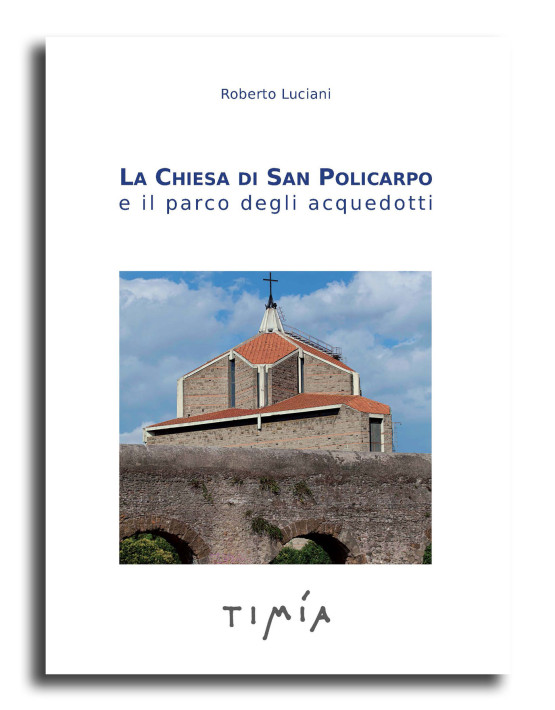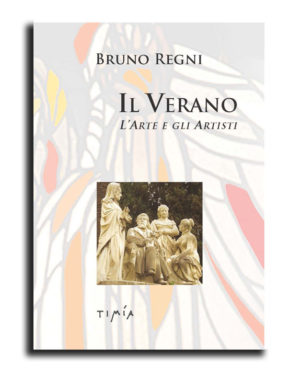Roberto Luciani is an architect, archaeologist, art critic and science journalist specialising in Monument Restoration at La Sapienza University of Rome and in Architectural Conservation at the International Centre for the Study of the Preservation and Restoration of Cultural Property (ICCROM). One of Italy’s leading art and architecture historians, he is the author of more than sixty books, released by major publishers and also translated and distributed abroad. These include Il Restauro, storia teoria tecniche protagonisti (Rome 1988), Il Colosseo (Novara 1993), San Giovanni in Laterano (Rome 2004), Santa Caterina dei Funari (Rome 2011), Agostino De Romanis, all’origine delle cose (Rome 2012), La fabbrica del San Michele (Rome 2014), Subconscio, conversando con Herman Normoid (Syracuse 2015). He is the executive editor of magazines and book series; his science articles have appeared in exhibition catalogues and specialist journals, book presentations and introductions and international conference notes. As Head Architect at the General Fine Arts and Landscape Department of the Ministry of Cultural Heritage and Activities and Tourism, Luciani has handled more than two hundred major restoration projects related to architecture, archaeology and art history. He was appointed in 1998 to the Roma Capitale e Grandi Eventi office established by the Prime Minister’s Office; appointed in 2010 as an expert in cultural heritage at the Italian Ministry of Foreign Affairs and Coordinator of the Farnesina Collection of contemporary art; acting for the latter he has curated major international exhibitions, including the Farnesina Palace and its Collections and Restoration, methods and instruments of Italian art. For many years he was a lecturer in Ecclesiastic Cultural Heritage at the University of Ravenna and the Pontifical Ecclesiastical Academy’s Religious Science Institute, where he was also leader of the Masters programme. In 1995 Roberto Luciani was awarded the title of Commendatore della Repubblica Italiana.
-
0
Loading cart contents...





